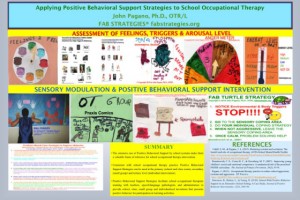Promotion of Recovery Post-Stroke: Evidence Based Therapy in Current Healthcare Environments.
In this course, you will learn/review the current research and thinking of neuroplasticity and motor learning as they relate to optimizing recovery in patients post-stroke. The ultimate end goal is that you will integrate current findings into your everyday practice of neurorehabilitation. A key focus will be integrating the evidence in these areas into current clinical practice in current healthcare environments across the continuum of care. We will examine a broad overview of treatment approaches and participants will apply this information to case studies as a group. Evidence-based examination and treatment approaches will be discussed in the context of experience-dependent neuroplasticity. The course will promote application through the use of case studies.
[caption id="attachment_3208" align="alignleft" width="150"] Maureen Whitford, PT , PhD[/caption]
Maureen Whitford, PT , PhD[/caption]
We are thrilled to welcome Maureen Whitford to our faculty. She is an Assistant Professor in the Physical Therapy Department at Cleveland State University, where she teaches pathology and treatment techniques for neurologically impaired patients and also conducts research exploring recovery post-stroke. Maureen received her BS in Physical Therapy from The Ohio State University, her MHS from the University of Indianapolis Krannert School of Physical Therapy, her MS in Biokinesiology from the University of Southern California, and her PhD in Rehabilitation Science from the University of Minnesota. She has presented locally and nationally on recovery of patients post-stroke. Dr. Whitford has broad clinical experience treating patients post-stroke in a variety of settings for over 23 years. She currently practices prn in the acute rehab unit at Cleveland Clinic Foundation. Her courses emphasize theoretical underpinnings of motor learning and neuroplasticity as they relate to current treatment interventions and integration into practice.
Upcoming Courses in 2016:
June 17-18, 2016 – Wallingford, CT
August 20-21, 2016 – North Richland Hills, TX
For more detailed information, to download a brochure, or to register, please click here to visit the course page on our website.




